Rapidly transporting tiny blobs of metal with sound creates cables for flexible electronics?
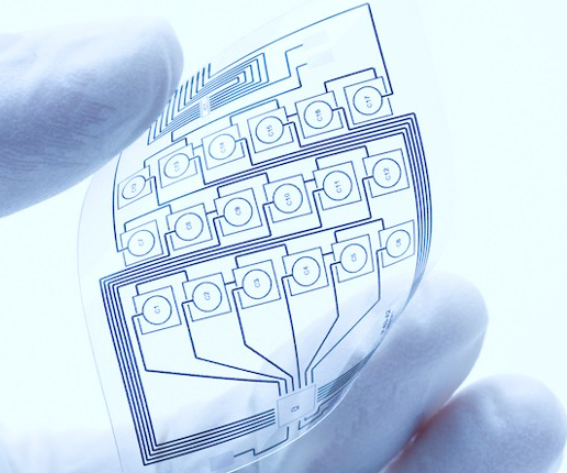
Liquid metal droplet delivery with ultrasound offers a new way to make wiring for elastic and flexible electronic devices. The technique adds a new approach to the toolbox for researchers developing circuitry for skin-attached medical sensors, wearable electronic devices and other applications where rigid electronic circuitry is less than ideal.
The researchers began by drawing lines of microscopic droplets made of an alloy of gallium and indium on sheets of stretchy plastic; the metal alloy is liquid at temperatures above about 16° Celsius. Although liquid metal is electrically conductive, the droplets oxidize quickly, that process coating each droplet in a thin insulating layer. The layers carry static charges that separate the droplets, making them useless for connecting LEDs, microchips and other components in electronic circuitry.
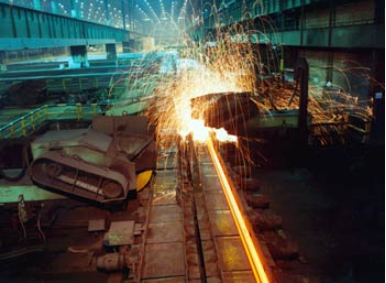
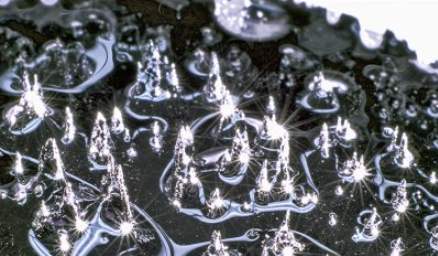
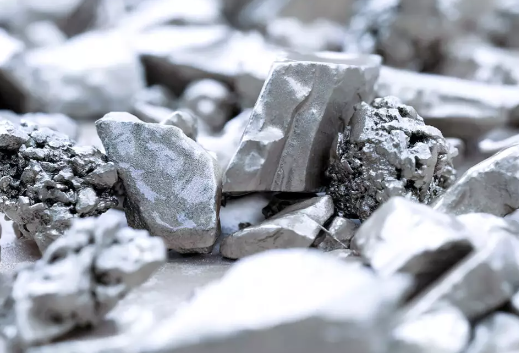
By hitting the microspheres with high-frequency sound waves, the researchers caused the microscopic balls to spew out even smaller nanoscopic balls of liquid metal. The tiny spheres close the gaps between the larger ones, and that close contact allows electrons to pass through the oxide layers so that the droplets can carry electricity. When the plastic, on which the droplets are printed, is stretched or bent, the larger metal balls can deform, while the smaller ones act as rigid particles that move to maintain contact.
The researchers demonstrated their conductors by connecting electronic components in an elastic LED pattern displaying the initials of the Dynamic Materials Design Laboratory, where the work was performed. The team also built a sensor with leads that can monitor blood through a person’s skin. Flexible electronics applications aren’t new, but there are advantages to the new approach over other designs, such as those that rely on channels filled with liquid metal that can leak if the circuit is damaged. The liquid metal in the conductors they developed gets trapped in the tiny spheres that are embedded in the plastic and stays in place even if the material breaks.
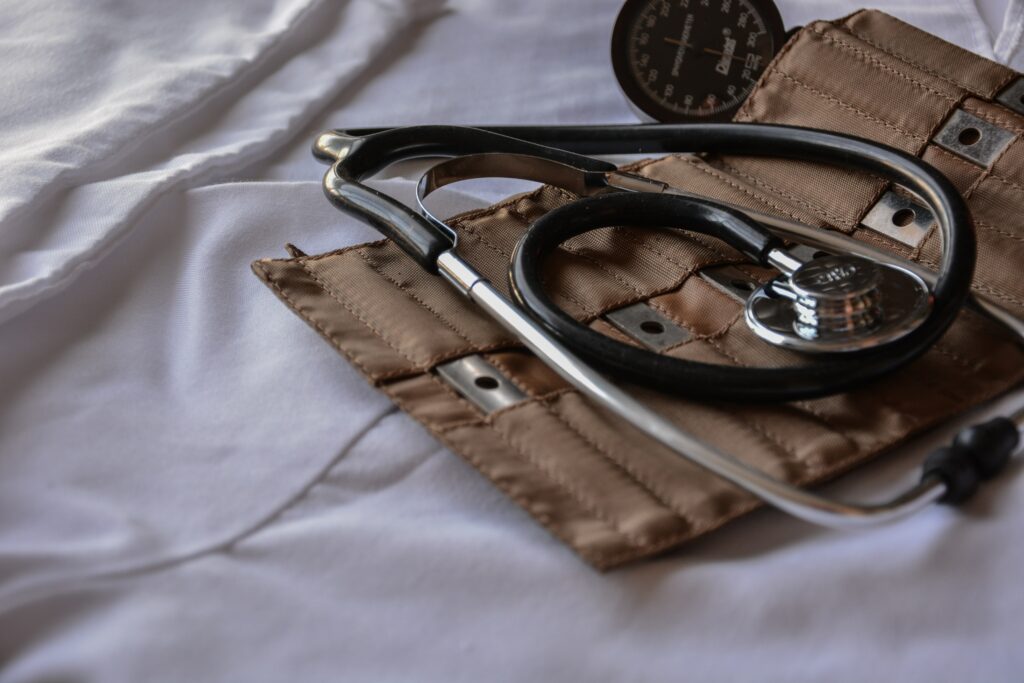
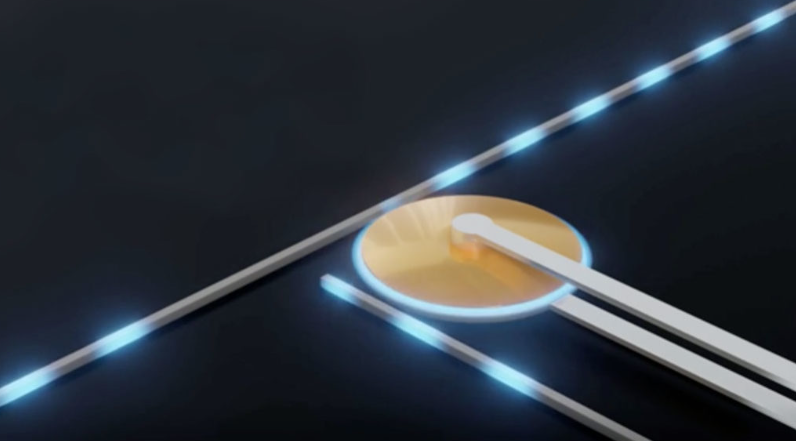
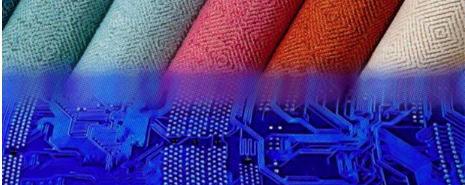
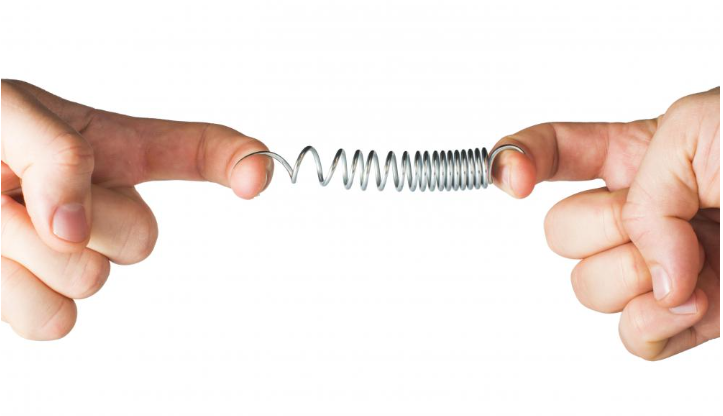
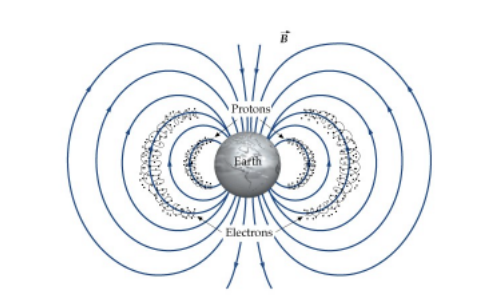
Responses